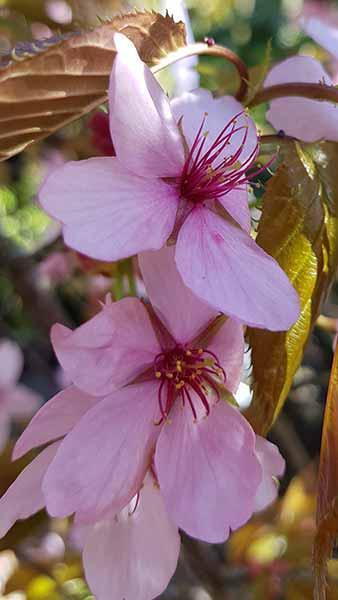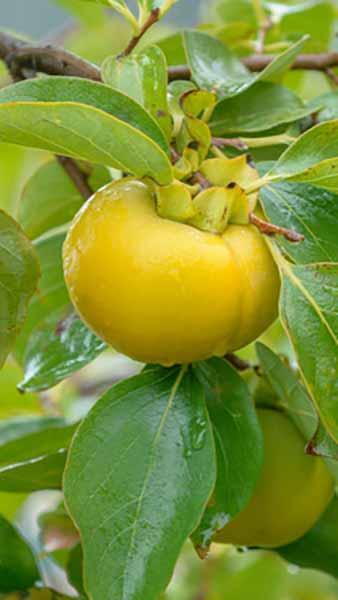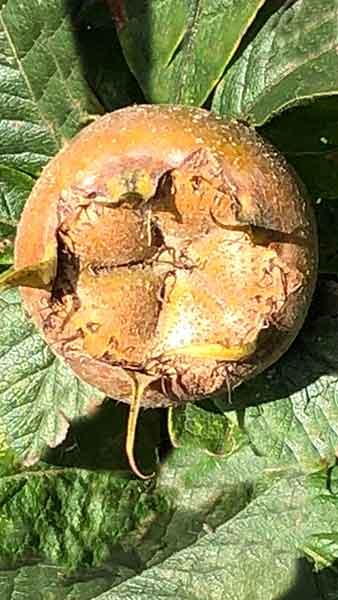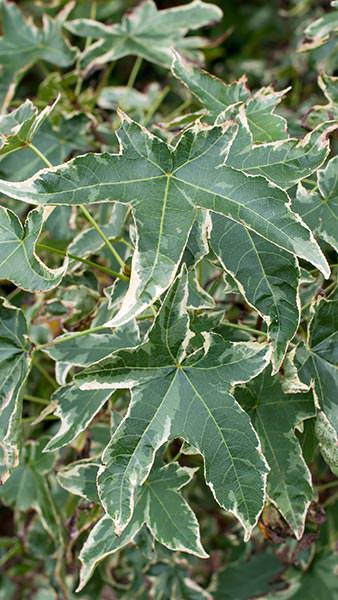Mespilus Germanica Westerveld Medlar Westerveld Buy online
Mespilus Germanica Westerveld or Medlar Westerveld is a small, thorny deciduous tree that reliably produces an annual fruit crop. This Medlar variety is not only grown for its edible fruit, but for its attractive features that rival the Black Mulberry. It is ideally suited for mixed shrub borders or to be planted as a specimen tree, especially in small gardens.Medlar Westerveld is a tree with a year-round interest. Its unusual form, petite with an irregular, flat-topped crown ensures this cultivar offers decorative value even outside the plant’s active months. In the spring, elongated to obovate leaves emerge, fresh green, finely serrated and with soft hairs over their surface. In early summer, striking white singular flowers are produced. In the autumn, the foliage turns reddish brown to deep, golden yellow and makes a striking display of colours in the landscape. The fruit this variety produces is similar to one of its close relatives such as the Common Medlar but larger in size. It is favoured by birds and pollinators.Medlar fruit is edible, but only once it softens. After the first frosts, the fruit is ready for harvest. To blet (or soften) the fruit, pick it from the tree and leave it a few weeks to soften before consuming. When bletted, medlar fruit is quite tasty and can be used to make jelly or eaten on its own.Height and Width:Staying compact as it matures, this slow-growing tree can achieve a maximum height of approximately 6 metres.When it comes to ideal growing conditions. Medlar Westerveld asks little, but offers plenty in return. This lovely tree will be perfectly happy in any soil, including chalk and clay, as long as it is fertile and moist. To ensure an abundant fruit crop, plant this cultivar in a spot in full sun. Resilient and tough, this cultivar will not be bothered by harsh winds, and it can be grown both in exposed and sheltered locations. Undemanding, Medlar Westerveld needs very little maintenance to stay in good shape. Apart from regular removal of dead, damaged or congested shoots, there is little else to be done.First bred in the Netherlands, the Mespilus Germanica Westerveld cultivar belongs to a family of trees native to Asia. Adaptable and robust, this fruit tree is fully hardy in the United Kingdom, and will not mind even if the temperatures drop to 20 degrees below zero.Good autumn colour and ornamental features make Mespilus Germanica Westerveld a good choice for a focus of interest in small gardens. This highly-decorative tree provides multiple seasons of interest and does not take up much space or resources to flourish. Add it to mixed shrub borders for a burst of autumn colour and structural value throughout the seasons.







